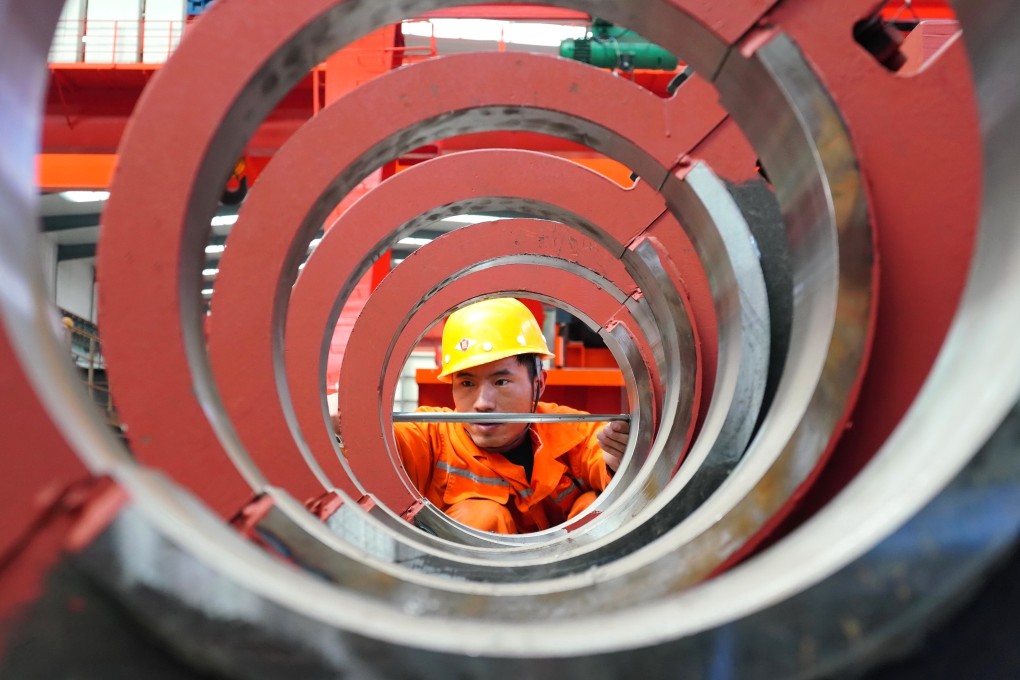Explainer | China’s inflation hit 19-month low in September as pork prices cool
- China’s official consumer price index (CPI) rose 1.7 per cent in September from a year earlier, down from 2.4 per cent in August
- China’s producer price index (PPI) shrank 2.1 per cent in September compared to a year earlier, widening slightly from a fall of 2.0 per cent in August

China’s official consumer price index (CPI) rose 1.7 per cent in September from a year earlier, down from 2.4 per cent in August, the National Bureau of Statistics (NBS) said on Thursday.
What does China’s September inflation data mean?
The prices of goods that a typical Chinese consumer buys are rising at a modest rate, but well within the government’s expectations after a CPI target of around 3.5 per cent was set for 2020, compared to 3 per cent last year.
The inflation rate of 1.7 per cent in September was the lowest since hitting 1.5 per cent in February 2019.
Food prices continue to rise, but at a slower rate than in previous months, as the price of pork, by far the most popular meat in China, gradually falls as the pig population is replenished after being hit by the African swine fever outbreak and summer flooding.